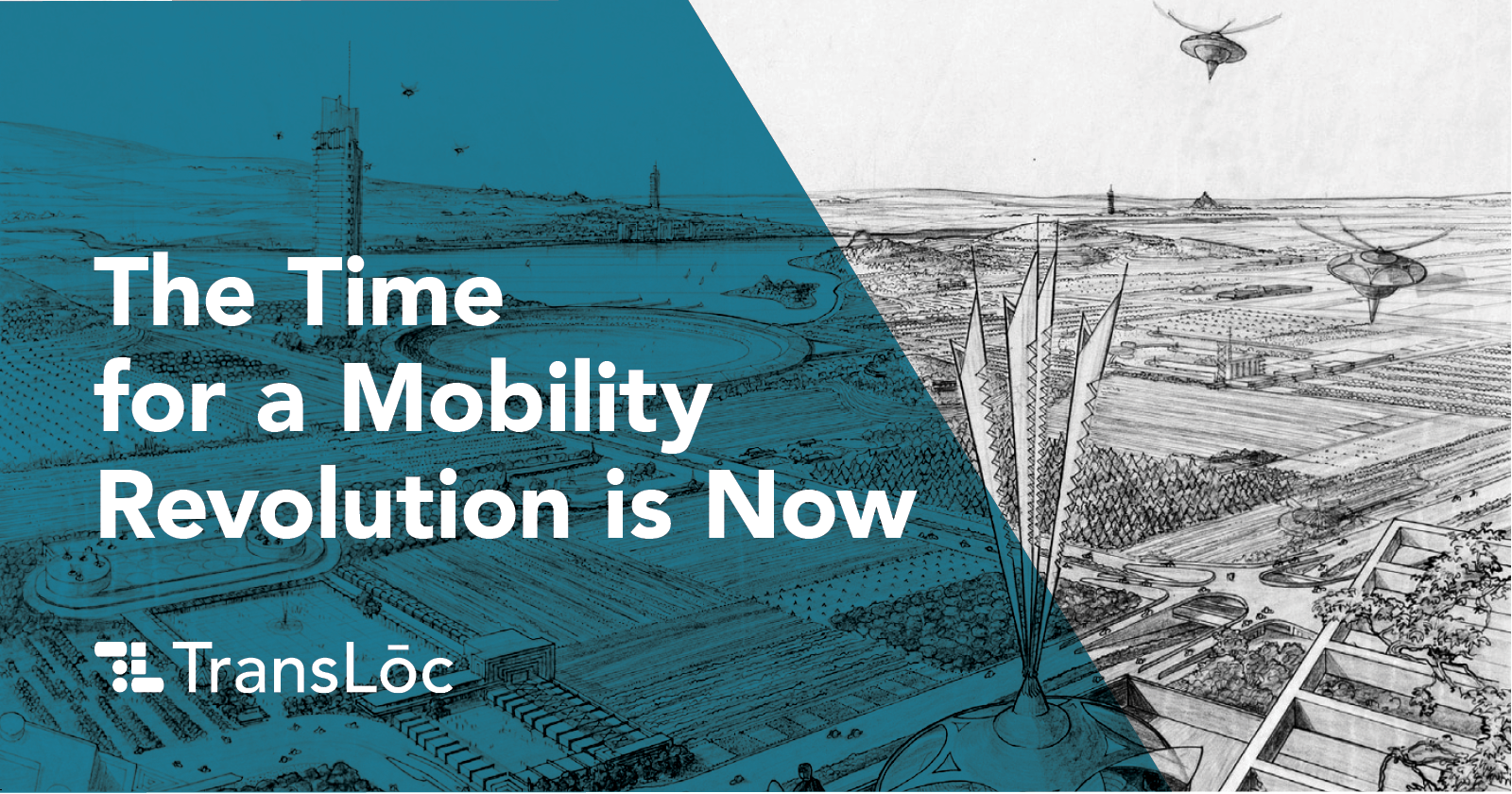
You say you want a revolution. Well, you know, we all want to change the world.
The Beatles
In 1968, John Lennon and Paul McCartney wrote the above opening stanza of Revolution 1 on their idolized self-titled album The Beatles, often referred to as The White Album. These lyrics were written in a tumultuous time when recent race riots and the Vietnam War were fresh in the minds of Americans and people around the world, but like all timeless works, you can apply these words to this day and age. With that in mind, let’s deconstruct these lyrics, and take some liberties and wrap it around transit.
During the course of my career I have witnessed a clamoring from the transit industry to see revolutionary innovations, but at the same time funding limitations, budgeting woes and policy shortcomings have resulted in reservations to evolve quickly. When I look at the precarious times we are in today, I can’t help but notice that independent agencies, as well as the transit industry as a whole, are wondering whether it is best to hold steady or revolutionize their transportation ecosystems.
What is needed at this time is augmented intelligence, or in other words, a dedicated team of transportation planners, solution engineers and data scientists that can not only illustrate where technology can help agencies perform better, but also offer a human touch that can demonstrate how to plan and design a transportation ecosystem that is optimized to the current environment, operating and built. To establish an optimal solution, we must take bold and courageous next steps:
- Start an analysis of current and previous performance metrics, and align that performance against cost comparisons and service efficiency thresholds of various modalities. This can be seen as a risk calculation that allows us to provide data driven solutions that are oriented geospatially and temporally to ensure at any given moment a rider will have a safe, reliable transportation solution that is also affordable and efficient.
- Nurture client design. The focus of this client design team is to improve the planning and service alterations of the transportation system to be more flexible and agile to the changing needs of land use patterns and rider behaviors, whether the influence of those behaviors are COVID-related or otherwise.
- Embrace multi-modality. Multi-modality provides riders with more choices on how they will move and allows transit providers to be customer-focused, while also being budget conscientious. How these modes play with another is a speciality of the client design team.
At TransLoc, and across the Ford Mobility family*, our focus is to help communities program the service solutions that best service their citizens and visitors. That is why our program Creating Safe Services with On-demand focuses on providing the right solution in the right location at the right time and providing transit providers the competitive advantage to be successful in their communities.
Whether it be a revolution or an evolution, change is a challenging undertaking. That is why our client design team is here to provide you with the data and confidence to create changes that will make agencies successful during COVID, during recovery, and in the future when technology pulls the industry forward into uncharted territory. As the song goes, “we all want to change the world,” and we aim to help you change for the better, because in the end, when our local partners are successful, so are we.
*On March 1, 2022, global technology company Modaxo acquired TransLoc from Ford Motor Company. TransLoc is no longer affiliated with Ford or any Ford properties.